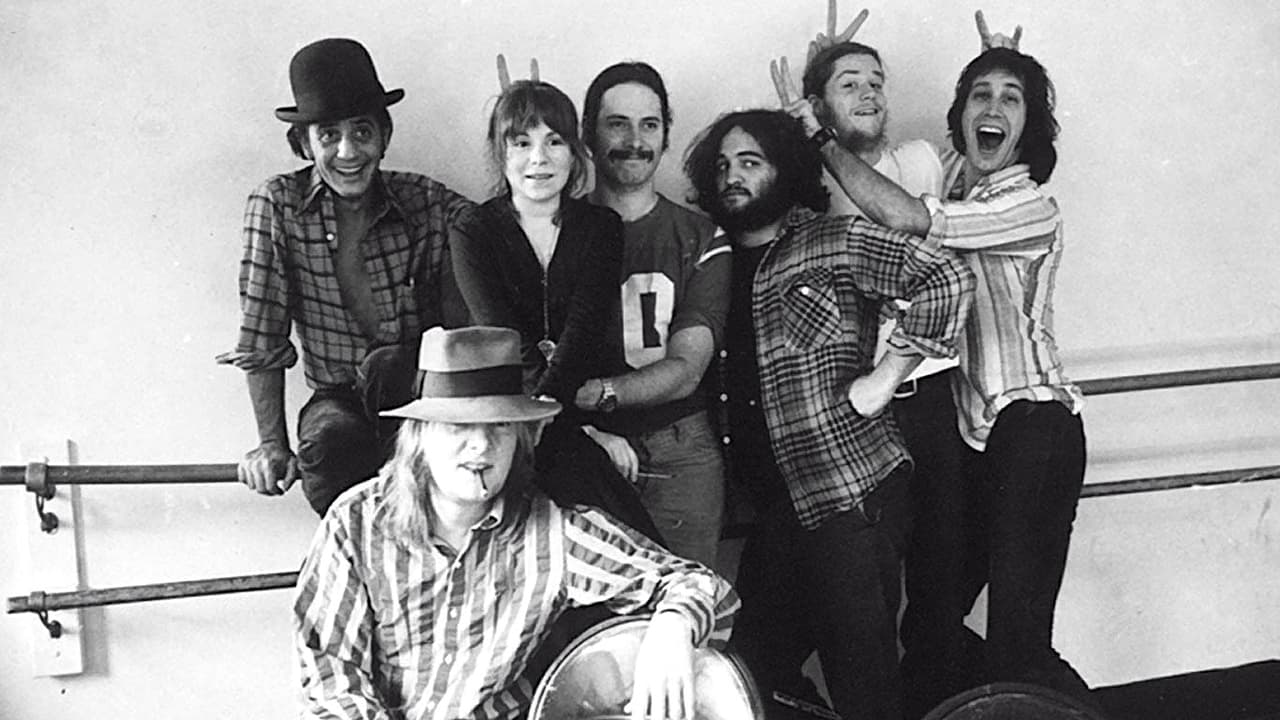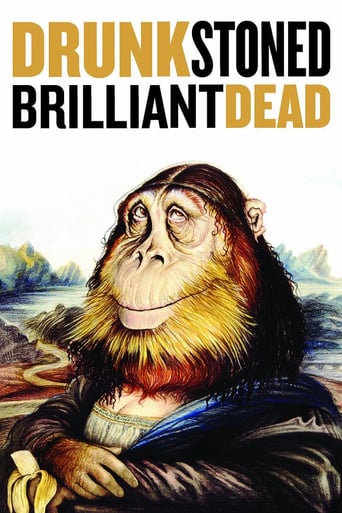

The edgy, twisted, often outrageously funny Lampoon died years ago, although I recall it continued as the walking dead for a few years. This documentary follows the magazine from its pre-creation with the Harvard Lampoon through its early success and then just the tip of its long, slow, painful decline. It is a talking heads documentary, but the talking heads are witty and illustrated with pages from the magazine that work as a Greek chorus and are often cleverly animated.I probably started reading the Lampoon in the mid-70s - my favorite writers were Ellis Weiner and P.J. O'Rourke - but the documentary is most concerned with what it considers the magazine's glory days in the early 70s. Truthfully, the little bits of Lampoon stuff I've read by the early writers like Beard and O'Donoghue haven't really appealed to me, but the movie tells me they were amazing geniuses and perhaps they were.The story the movie tells is a fairly superficial one. It gets into some of the drama and gives some nice background, but it sticks very closely to the geniuses-working-hard-and-having-fun. The decline is portrayed as the loss of geniuses to SNL and the movies, which seems simplistic, and there's not really much attempt to put the Lampoon into a larger societal context.Which is fine, because it's an entertaining documentary, but for me it means people giving this 10 stars just have lower standards for a great documentary than I do. This is just a nice little history that fans of the magazine will enjoy. And it's probably pretty fun even if you don't know the magazine.
... View MoreI just watched this documentary about the rise & fall of National Lampoon magazine, a periodical I wasn't really supposed to be looking at when I was 14 in 1973, yet I did anyway (when I could find one). Despite average to good reviews here on IMDb, I found it quite enjoyable. I especially liked the parts where we caught video of a pre-fame Harold Ramis, Bill Murray, and of course John Belushi. Those guys WERE FUNNY! And it also allowed me to travel back in time to the mid-70's, a time when there was and actual "underground" comedy scene. And it seemed to poke fun of everybody (whites/blacks, Dems/Repubs, Jews/Gentiles) and you could laugh and not worry about "politically incorrect repercussions". Sadly, that time is long gone. Also, I saw a sh*t-load of 1970's era natural breasts, in both black and white and color! Say what you will about that long-lost magazine, they sure did know how to make funny visual jokes around naked women.I'm recommending this for anyone who'd like to take a nice 40+ year rewind.
... View MoreDRUNK STONED BRILLIANT DEAD: The Story of the National Lampoon (2015)*** 1/2 (out of 4)If you're a fan of the National Lampoon's magazine then you're certainly going to want to check this documentary out. The rise and fall of the magazine is discussed in this highly entertaining documentary that features interviews with surviving members of the magazine as well as those who got their start in the movies like NATIONAL LAMPOON'S ANIMAL HOUSE, CADDYSHACK and NATIONAL LAMPOON'S VACATION.There's some really good material to have here but the documentary works the best for those who are unfamiliar with the magazine or just don't know the complete history behind it. We get some great stories about the early days as well as how the magazine finally took off, which of course led to Hollywood calling. There's some discussion of Saturday Night Live who stole a lot of their talent as well as some of the darker stories including the death of one of the founding members.There are some great stories throughout this and there are some great interviews as well. I must say that the interview with Chevy Chase was probably my favorite because we really see a different side of him including a rather painful side as he talks about losing his best friend.
... View MoreThis well presented documentary, directed by Douglas Tirola, gives us a good inside look at the highly satirical magazine National Lampoon. Founded in 1969 by 3 Harvard graduates, Doug Kenney, Henry Beard, and Rob Hoffman, the magazine published from 1970 to 1998.In its heyday in the 1970's, National Lampoon presented dark and scathing social and political satire, where seemingly nothing was off limits. That would include its now infamous 1973 cover where a revolver is being placed against the head of a dog with the caption "if you don't buy this magazine we'll kill this dog". The magazine would spin off into various other media avenues including radio, live theater, comedy albums, and finally movies, where its initial film presentation was the classic comedic gem "Animal House". An enormous list of talented comedians and writers would contribute to the success of National Lampoon over the years. However, this success would eventually lead to much of the talent moving on to other venues, such as SNL, leading to the eventual downfall of the publication.Overall, the viewer should be prepared to see tons of female breasts in this movie, as well as all kinds of explicit sexual references and stories. Also, they'll be many references to the darkest kind of humor, on topics that would be considered strictly taboo by many. I thought the documentary gave me a solid inside look at an important part of American satirical humor history.
... View More